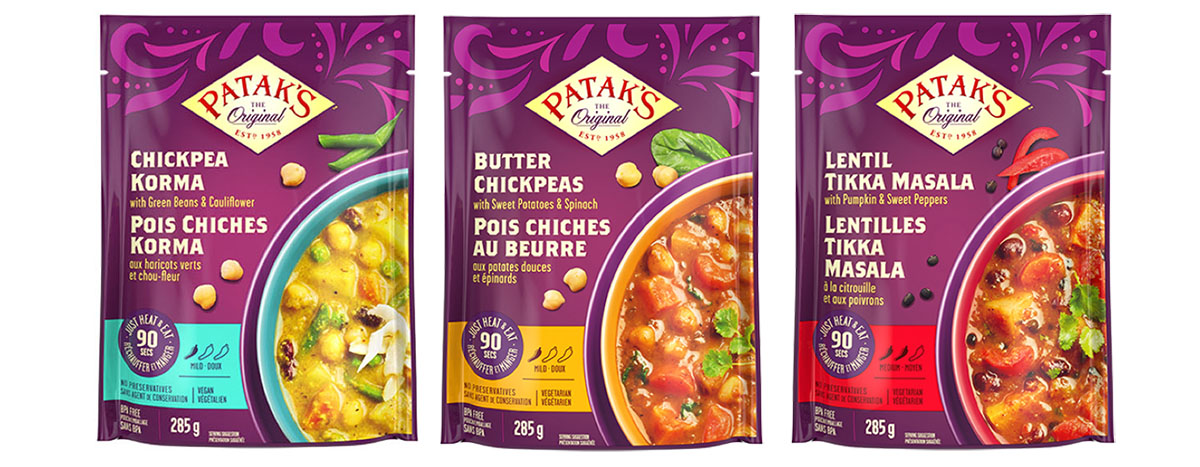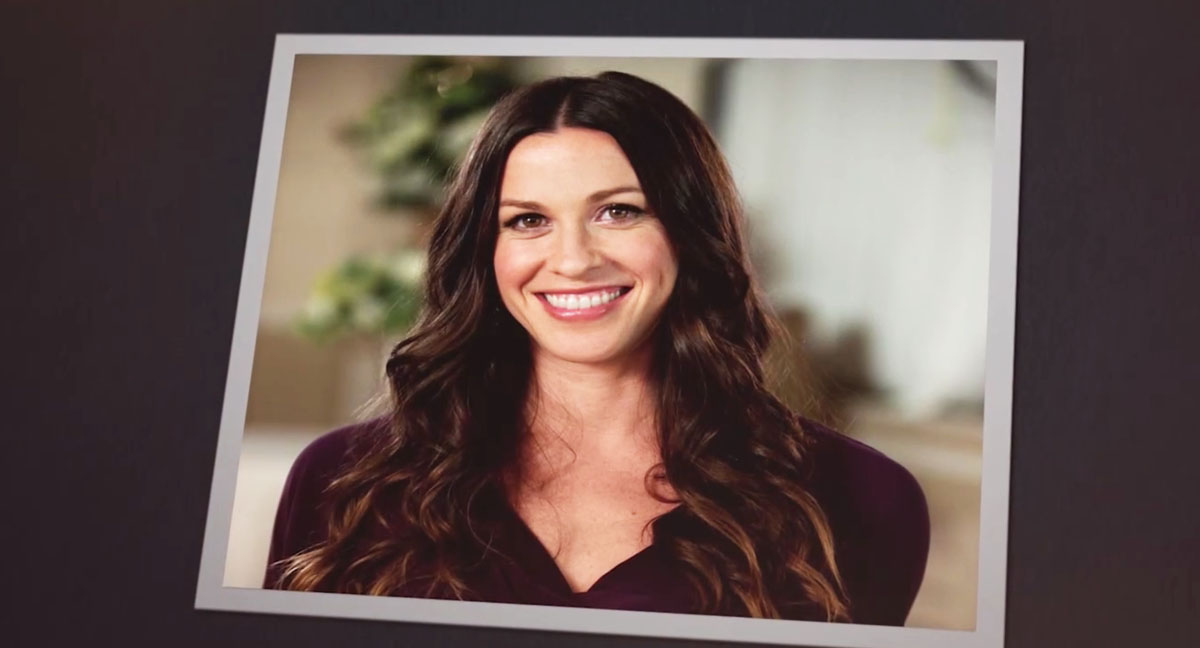
Chef Anjali Pathak Continues the Family Tradition of Delicious Quality
In 1958, Britain was decolonizing most of its overseas possessions. Countless people in the empire to the other were on the move. The Pathak family was one of them. The family of Indian origin moved from East Africa to London. As many migrants do, they brought their family recipes and culinary knowledge with them.
It wasn’t long before the Pathak family began selling homemade Indian food made with imported Indian spices, working from their homes until they made enough money to open their own shop. Fast forward nearly 70 years, Patak’s (minus the h) is now an empire itself. Its products are available in 45 countries and are endorsed by culinary powerhouses like British Chef Jamie Oliver.
Chef Anjali Pathak is the face of the company that her grandmother and grandfather started all those years ago. Chef Pathak is on a North American tour and stopped by the Ottawa Life office for a chat. The tour focuses on several themes, including healthy eating, Indian culture, the history of Patak’s, and the company’s recent new product launch.
Chef Pathak gained professional qualifications in French cuisine as a chef in London; she jokes it was a “later in life” move she made in her late 20s. But this was far from her first experience in the kitchen. Growing up in the Pathak family meant she was exposed to Indian cooking from the time she was a toddler. The big difference between learning to cook at home, she says, is that “Nothing ever is measured; everything is by eye and sharing ideas and stories.” Chef Pathak says, “Half the recipes I learnt growing up were never written down.”
Chef Pathak speaks with immense pride as she describes how her grandparents launched the business. When the couple first moved to England, it was impossible to find the most basic of spices used in Indian cooking; even coriander was exotic to the Brits.
Once the shop opened, word spread quickly that they made the best Indian food in London. When hosting a reception for returning officers from the now-dissolved British Raj, Queen Elizabeth II wanted authentic Indian cuisine for her garden party guests. The Patak shop was chosen to supply the food for the event because “they had a very loyal following among the London Indian diaspora and such authentic food that it really was a taste of home for them.”
The success of the royal garden party propelled the mom-and-pop operation into national headlines, including a cover story in the Times of London. Demand exploded, and the family “faked it until they made it,” as Pathak jokes, buying a small factory for production before being carried in grocery store chains. From there, distribution grew nationally before going international.
Today, Pathak’s is available in 45 countries and symbolizes quality Indian food for the home cook. Chef Pathak firmly believes that a healthy diet includes meatless days and thinks Indian cooking is an excellent bridge to eating less meat. She notes that the region of India her family comes from is by law a vegetarian state, and meat was not added to the family recipes in any substantive manner until her family moved to the United Kingdom.
This month, Hindus worldwide celebrated Diwali, the festival of light, which took place over five days when they invited the goddess Lakshmi into their homes to bring prosperity to the household for the following year. Chef Pathak says the holiday transcends its religious meaning and has become an occasion to get together with family, much like Christmas and New Year’s. “It’s all about the feasting,” she says.
Much like other religious holidays, people celebrating Diwali prepare recipes they only cook once a year but with the added challenge of doing it over the course of the five-day-long celebration. Chef Anjali says, “You have to spread out your recipes.” Among her favourites are Aloo Tikkis, Indian spiced potato cakes. She describes the potato as a great medium for the spice.
When it comes to the perceived spiciness of Indian food, Chef Pathak is working to challenge the notion that Indian food is too spicy. She points out that spicy and hot are not the same thing, and although Indian food is known for being “spicy,” it uses a wide variety of different spices, and not all of them are sharp and hot.
Each package clearly lists the spice rating, and consumers will find that Patak’s offers many mild products. Chef Pathak says that Indian food sceptics love products like Patak’s Butter Chicken Sauce, which has elements of creaminess and a spiced taste without any heat.
Chef Pathak clearly has drive and a vision for the future of the family company. She believes the brand has more potential than just selling quality spice mixes and curries for the home cook.
Patak’s recently launched microwaveable meals, including Chickpea Korma, Butter Chickpeas, and Lentil Tikka Masala. These pre-made meals bring all the freshness of an Indian restaurant in a microwavable pouch. We sampled them and found them so delectable and tasty that you would never believe they came out of a microwave unless you saw them for yourself. The fresh taste is unparalleled.

Like all Patak’s products, the packaging is beautiful, and the 285-gram-sized pouches are perfectly portioned for remote workers who want to enjoy a healthy lunch without the fuss of cooking or, conversely, for office workers who don’t want to pack a lunch.
With Patak’s moving into the pre-made meal territory, Chef Pathak wants consumers to know that the company remains focused on its long history as a family company and a quality Indian food brand. She says, “We just want more people to taste these at home.” While she gives much of the product development credit to the Patak team, she proudly conveys that Patak’s products are still all made from her grandparent’s recipes.
Look for Patak’s line of products at all major grocery stores across Canada.








